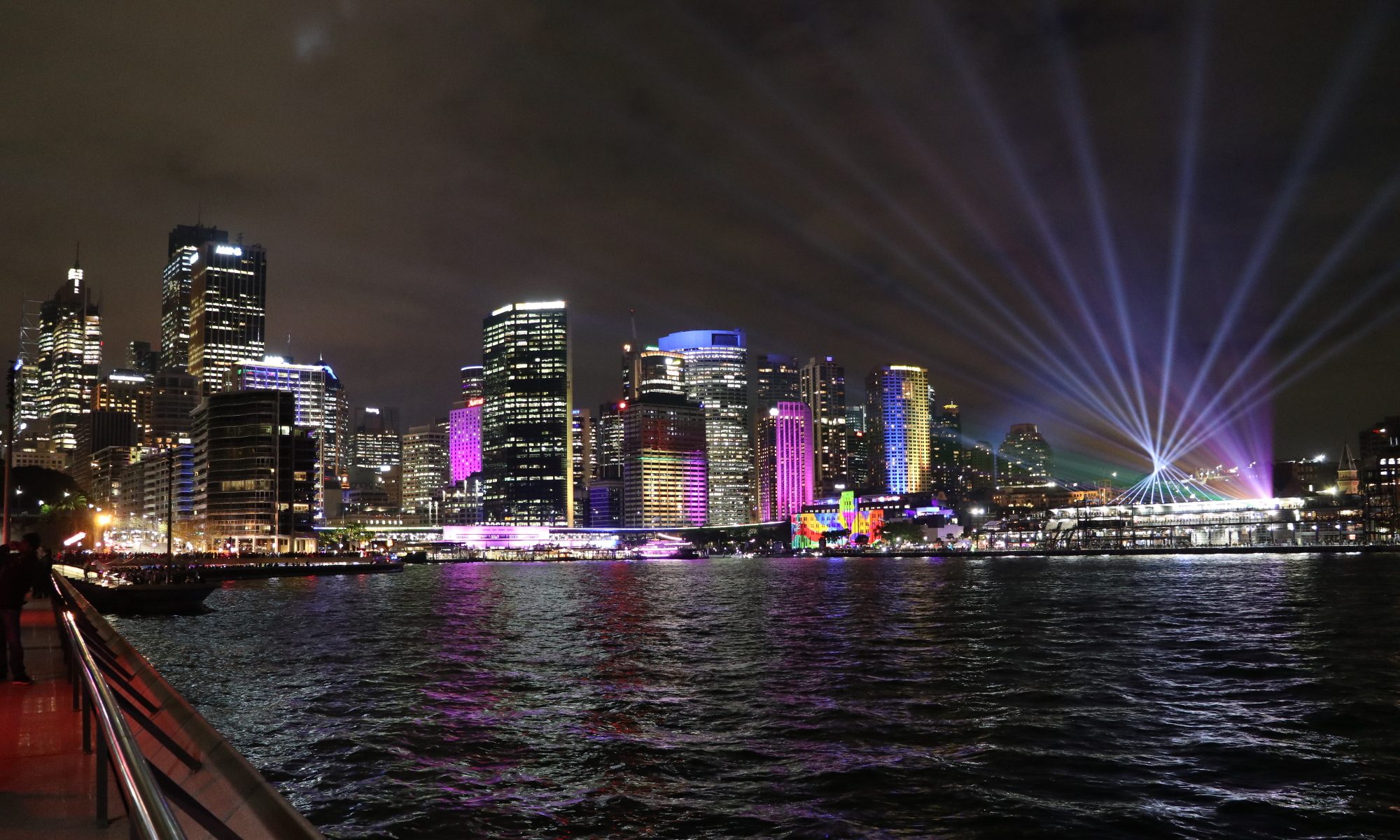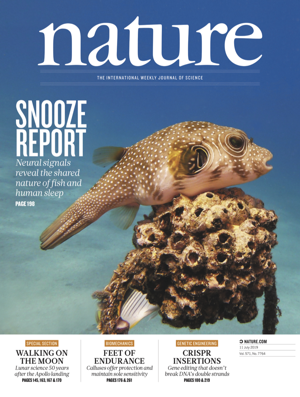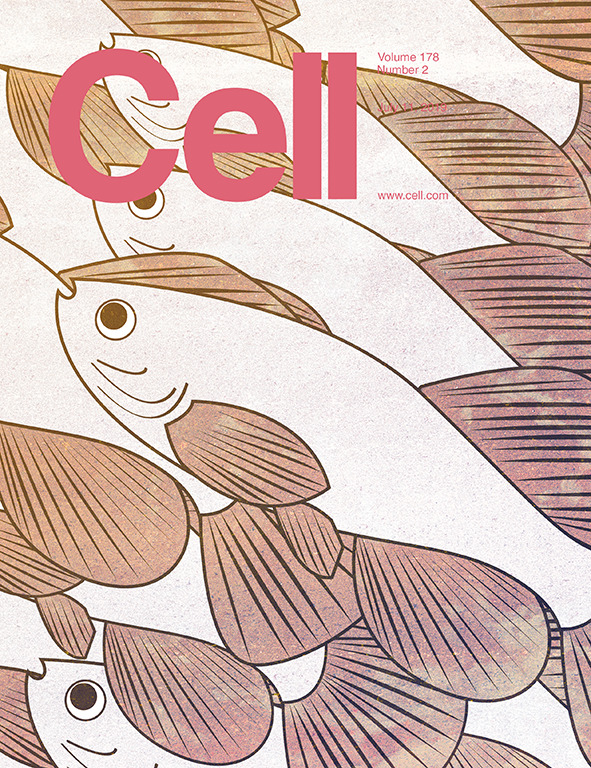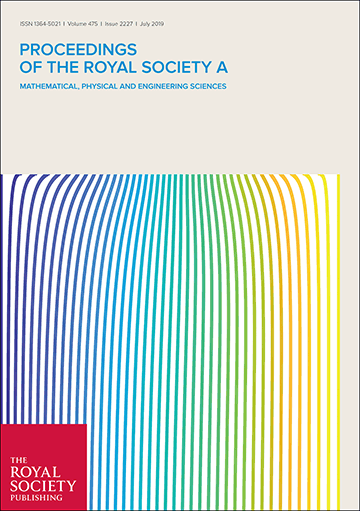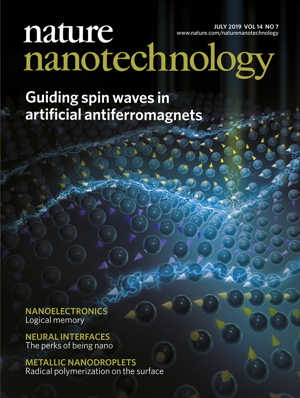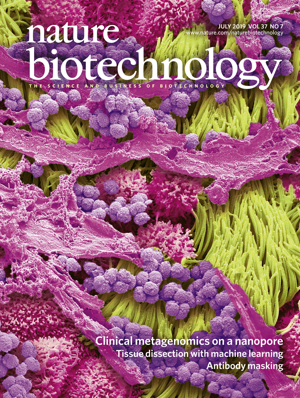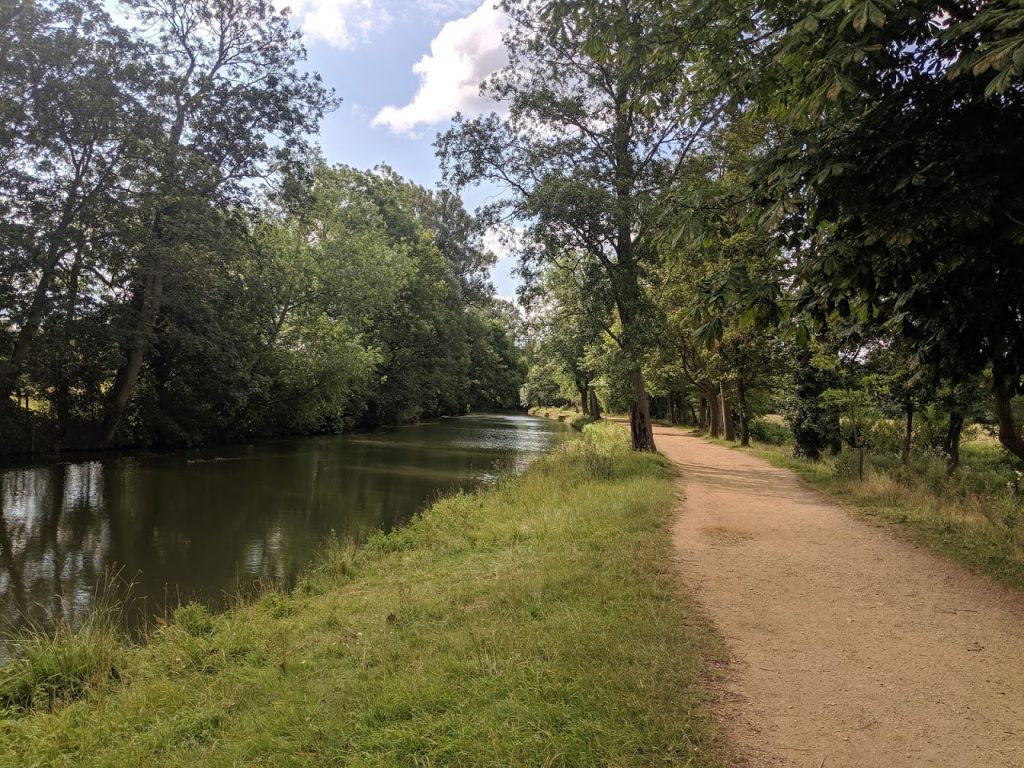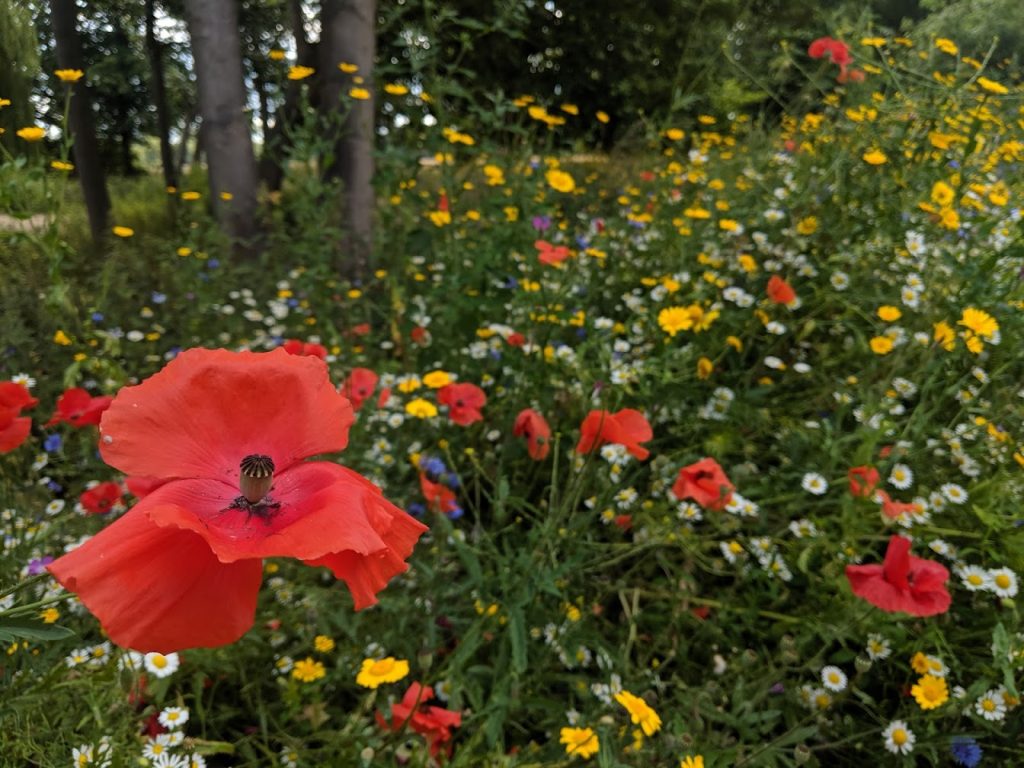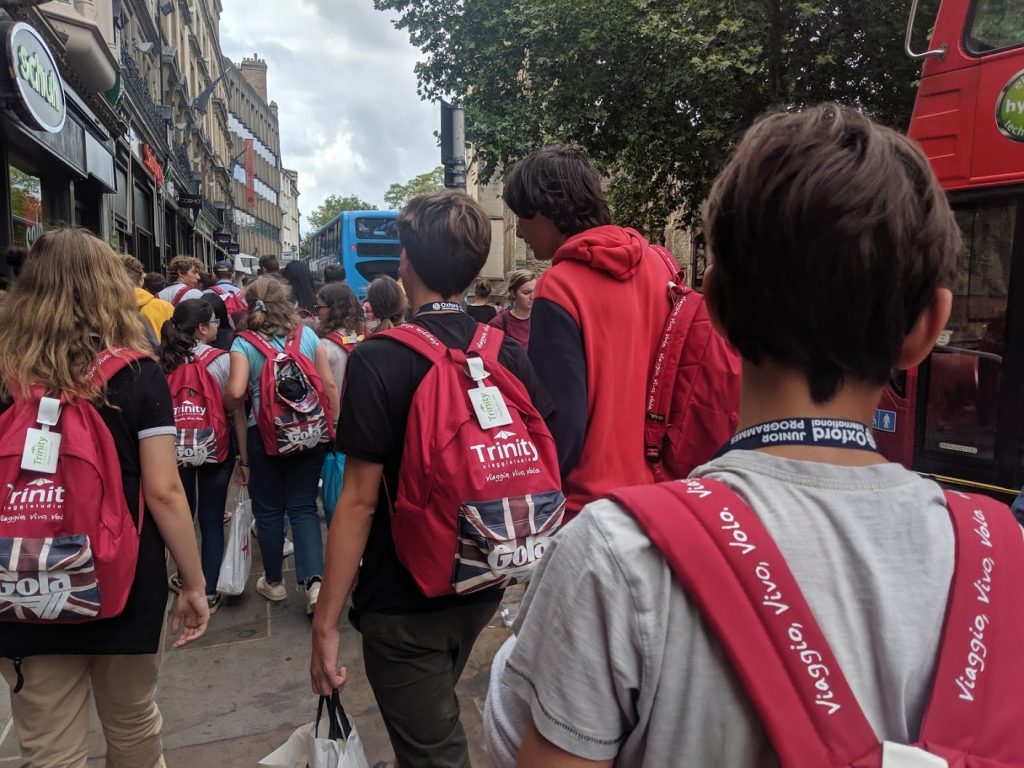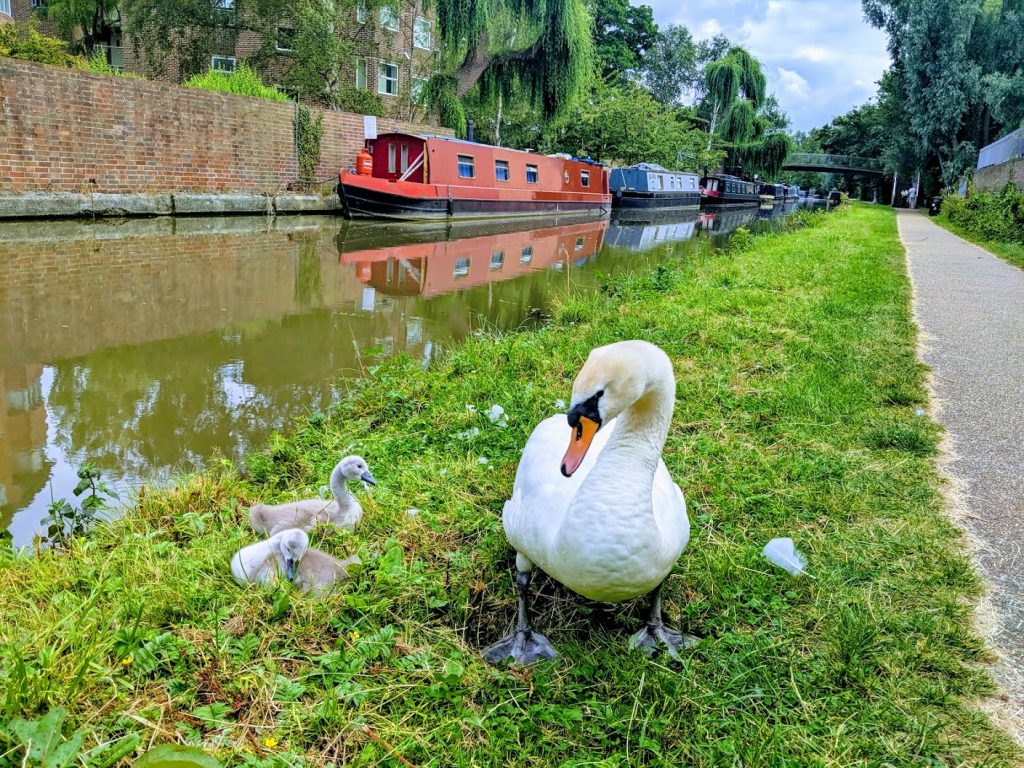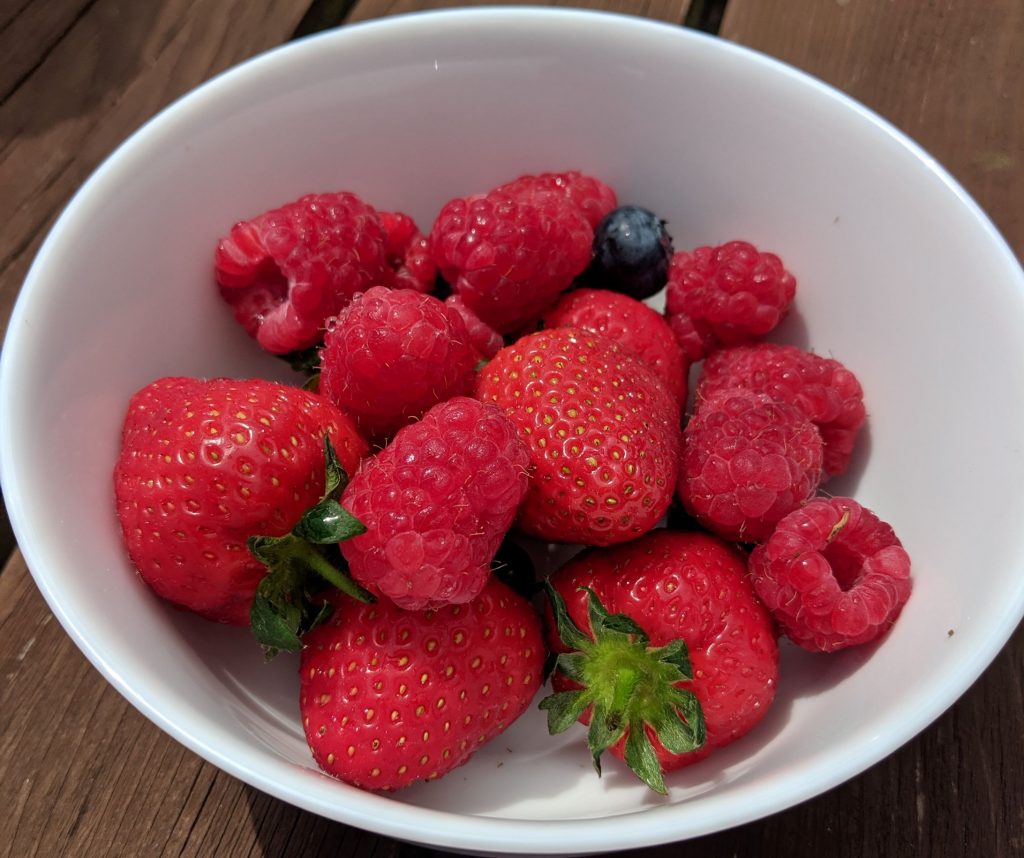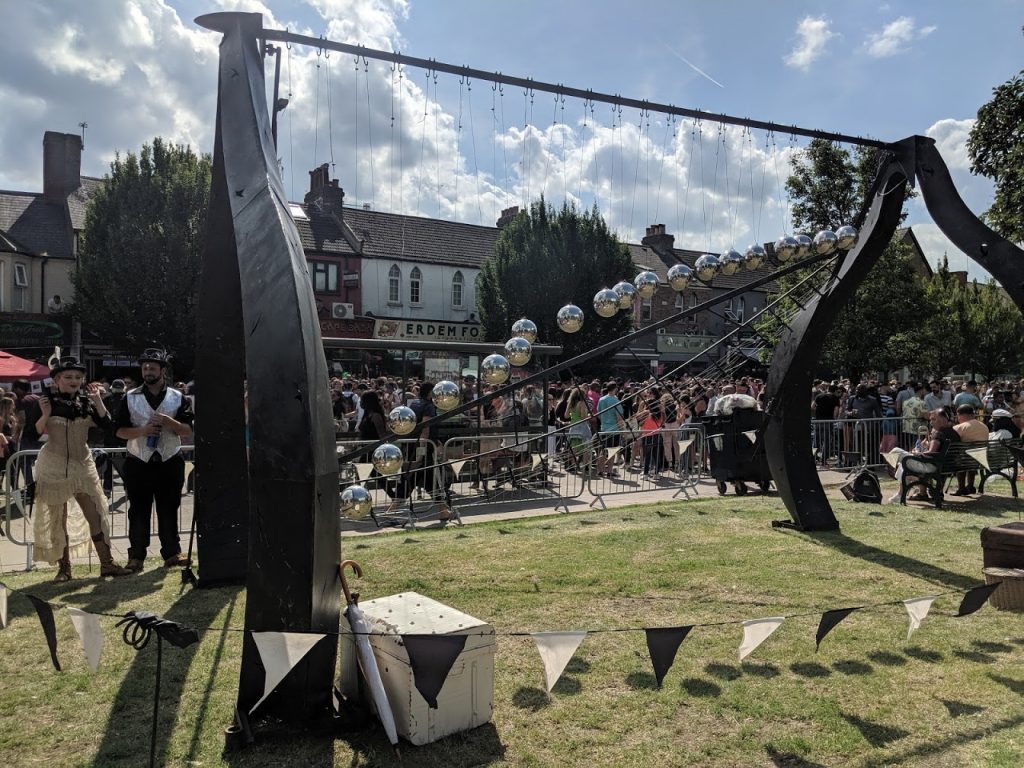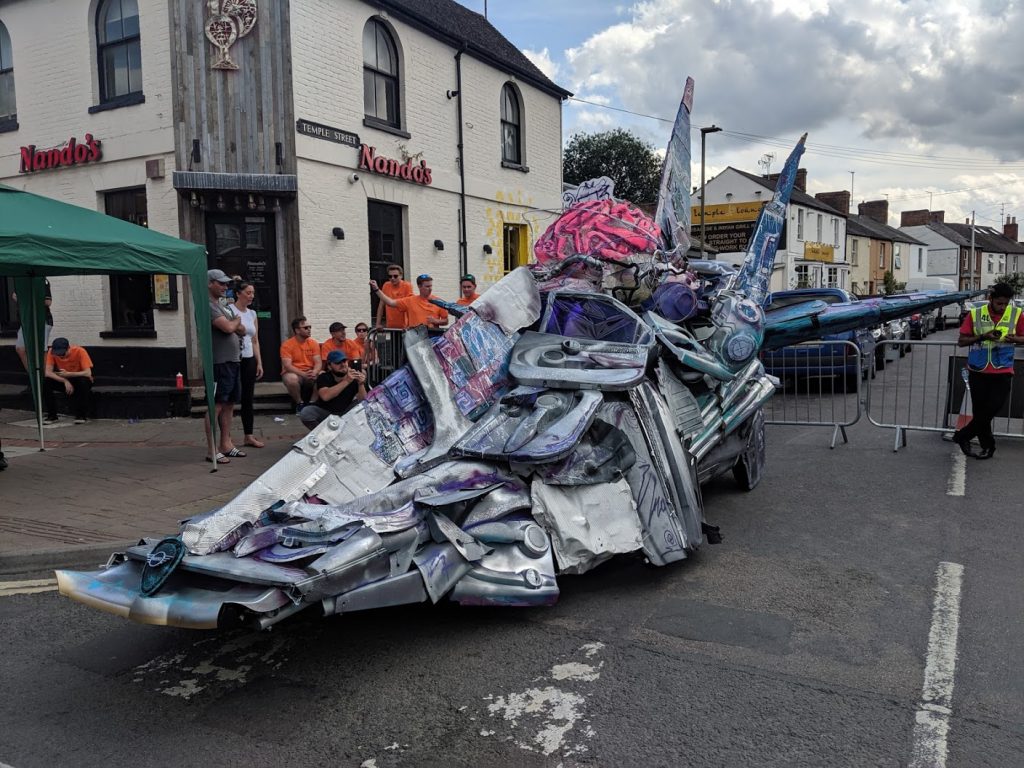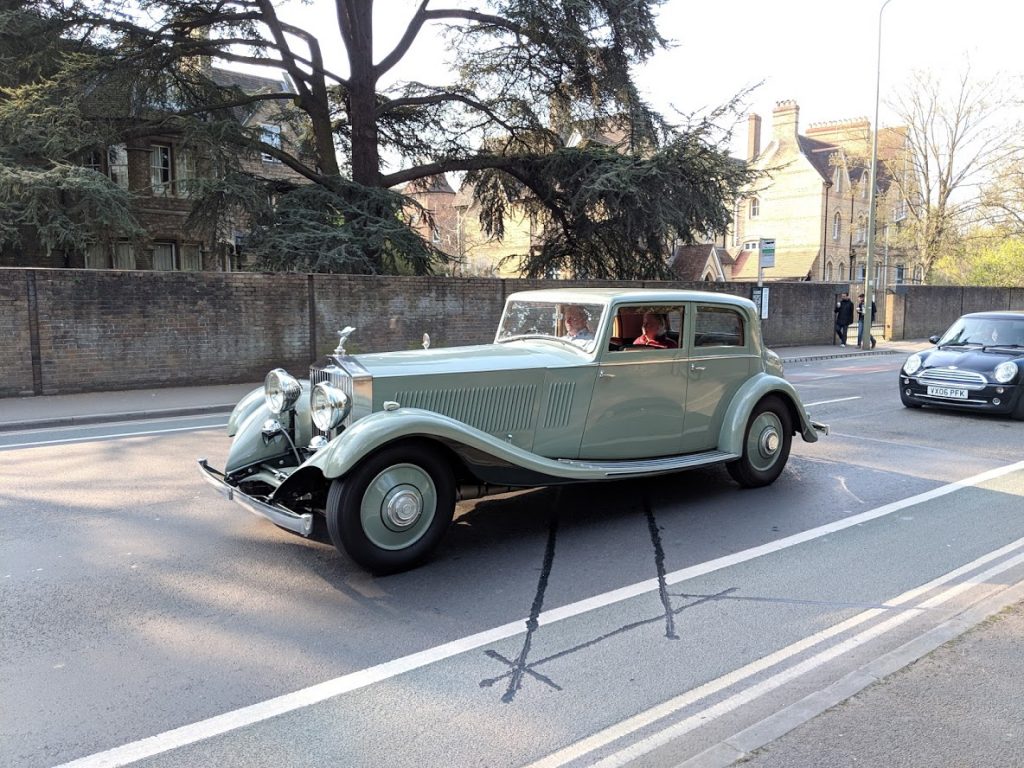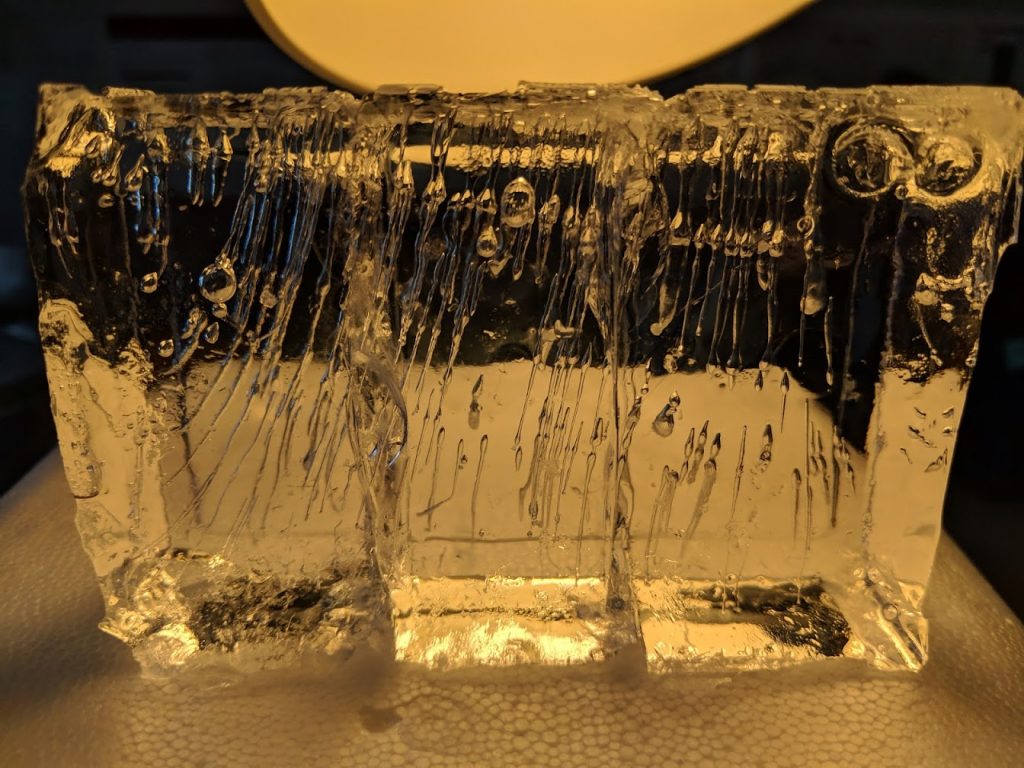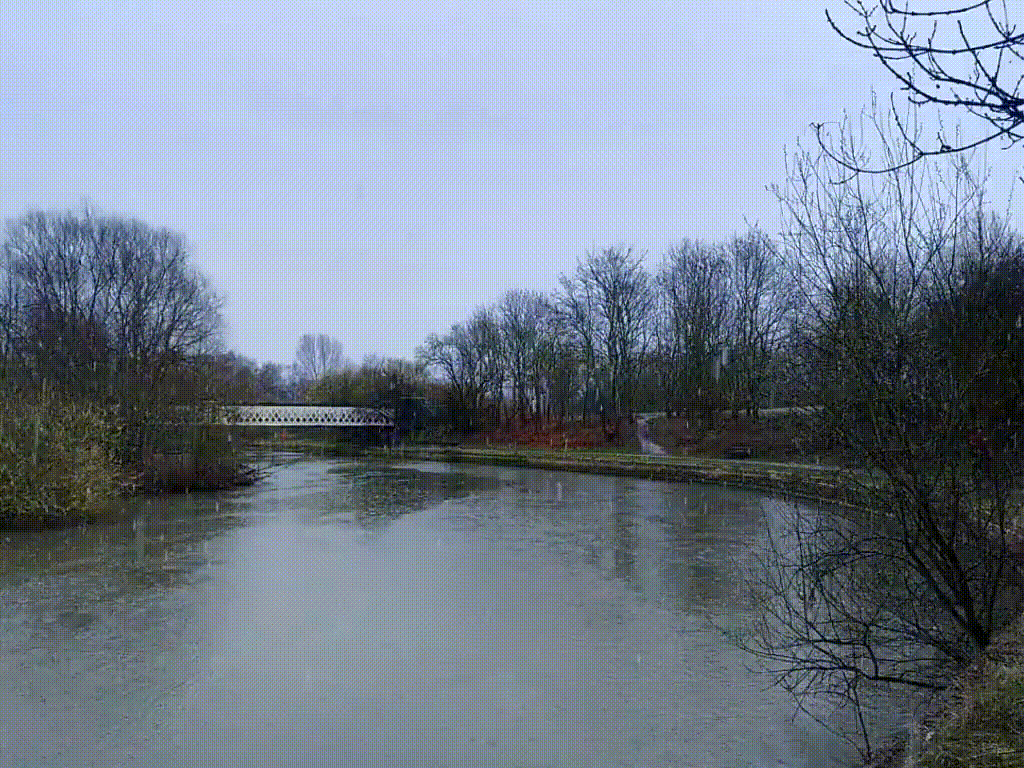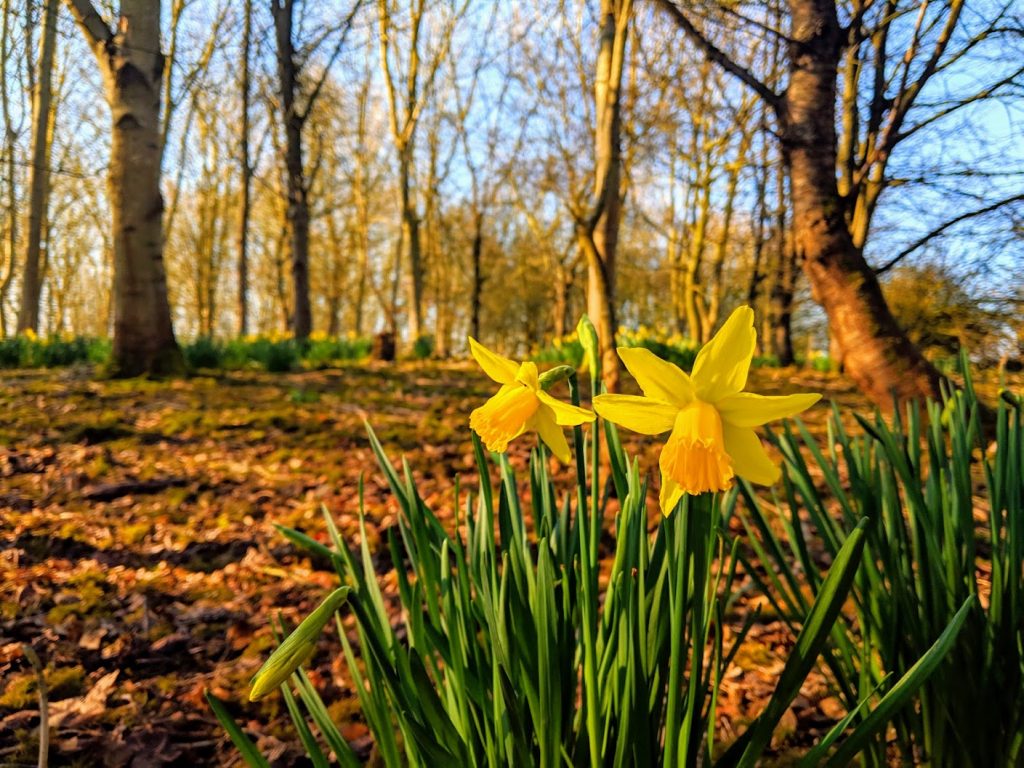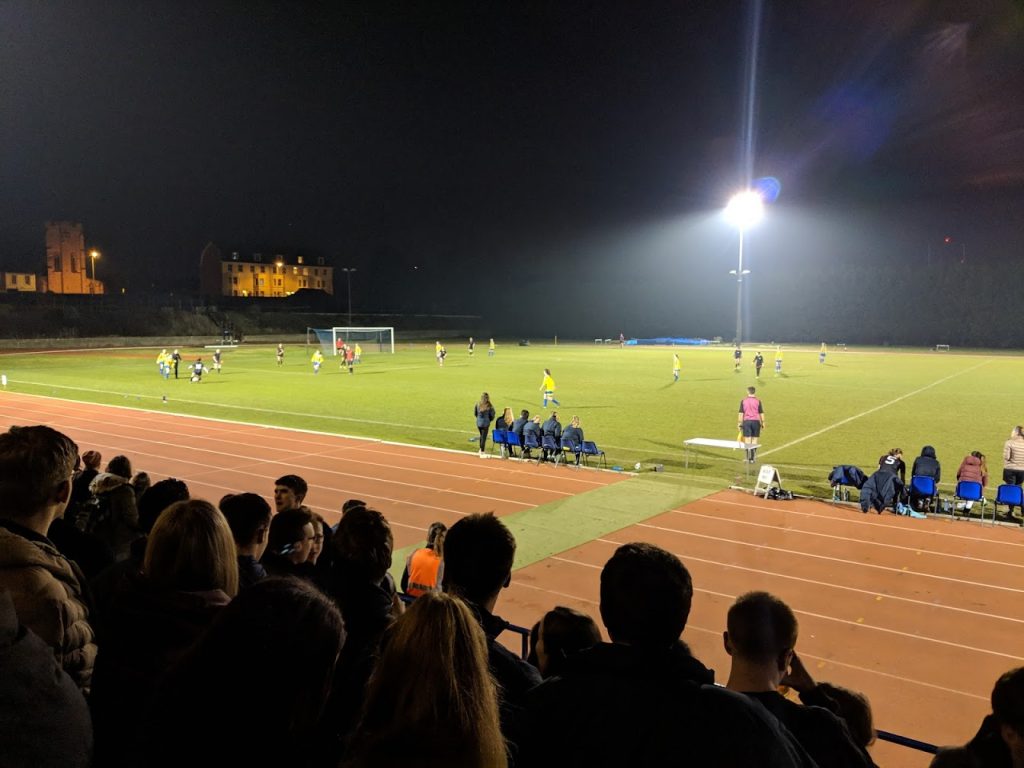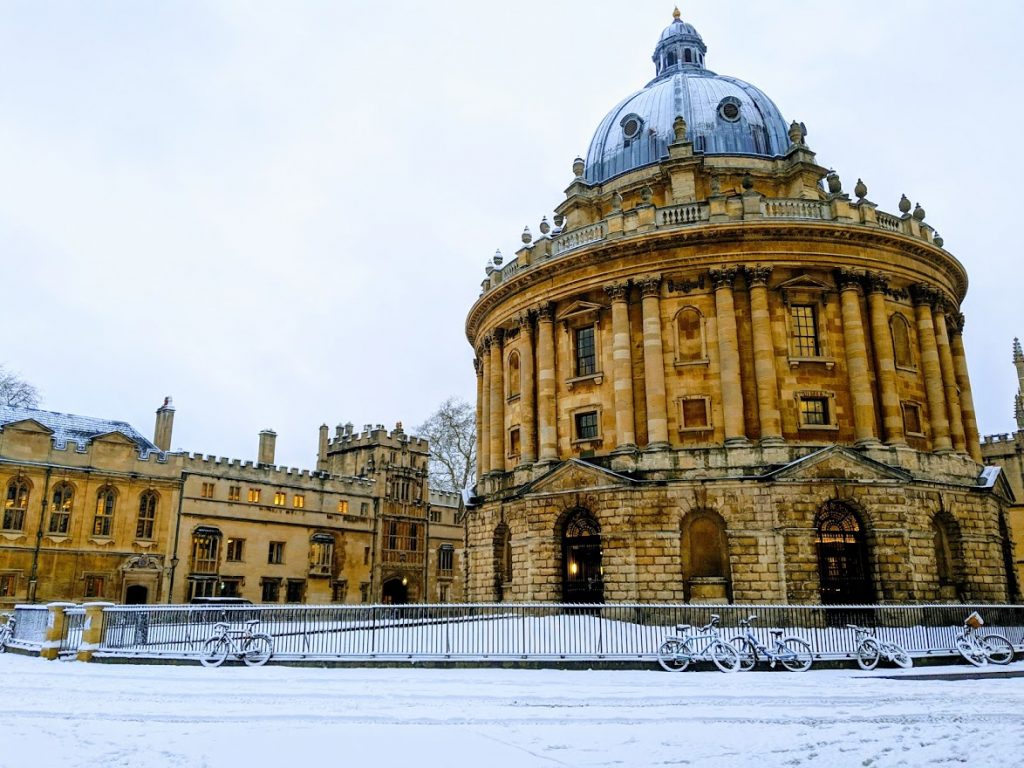Short version: I summarise and share thoughts on articles from the covers of current editions of high impact journals. I ran late at night and it was serene.
Long version:
Front Page Science
Human knowledge is vast, and discovering is more difficult than learning from others what was discovered before. This explanation of what a PhD is visualises that point. Scientists need to communicate with each other about their results, and do so by publishing articles collected and edited by journals. Today with journals available online it is rare to open a physical periodical rather than read individual articles digitally (or printed one by one). Those hard copy collections still exist, and necessarily they have a front cover. This week I looked up the covers of some high impact journals (see below), read the related article, and wrote down my thoughts.
Snooze Report
On the cover of Nature.
This paper studies sleep in Zebrafish. While we all sleep, it is a complicated process with many aspects still not understood. Zebrafish are a model organism, that is they can be used as a substitute for understanding processes in humans, and have been studied extensively. Zebrafish are known to sleep based on behavioural criteria (essentially they stop moving for a while for regular periods), but it is hard to compare Zebrafish sleep to humans (or mammals in general) in a more detailed way. This is because sleep is studied in humans by looking at electrical signals from the brain (via electroencephalograms or EEG), but fish do not have a similar part of the brain (the neocortex) where human sleep signals are recorded. The team behind this paper, mostly from Stanford, used a light microscope based method to look at Zebrafish brains while they slept, and discovered two sleep signatures that they call “slow bursting sleep” and “propagating wave sleep” that they claim to be similar to our “slow-wave sleep” and “rapid eye movement sleep“.
Artificial Muscles
On the cover of Science
Much of science and engineering aims to replicate nature, be it materials (the first plastics replaced natural materials like silk and ivory), phenomena (electric lighting replacing flames), or biological feats (aircraft allowing human flight). Being able to artificially produce the mechanical properties of muscle (fibres that can contract) is important for robotics and prosthetics that more accurately mimic what natural creatures can do. This group, mostly from MIT, have created fibres that can lift 650 times their weight, and withstand thousands of cycles.
African Killifishes
On the cover of Cell
The advances made in DNA sequencing accelerated rapidly, and whole genome sequencing is now routinely available to researchers. This research team studied the genetic code of 45 killifish species to better understand the relationship between genes and life span. Killifishes have a range of life spans due to species diversifying and adapting to different environments. Killifish with shorter lives tended to have more genetic code, including both more redundant code and more detrimental mutations.
Controlled patterning of stem cell cultures
On the cover of Nature Methods
Three key concepts underpin this paper: Stem cells are cells that can become other types of cells. Morphogens are chemicals that, through their distribution, influence how cells develop, and eventually leads to the organisation of different types of cells in complex organisms. Microfluidics is the process of handling very small amounts of liquid. Those three come together in this method that explains how using a microfluidic device to introduce morphogens in a gradient over stem cells alters the patterns that they develop.
Atomistic Simulations of Membrane Ion Channel Conduction, Gating, and Modulation
On the cover of ACS Chemical Reviews
Reviews are an intermediate type of publication between cutting edge research and established science found in textbooks. This paper covers computer simulations of membrane ion channels, and is a comprehensive 72 pages (excluding the 923 references). Membrane ion channels are important for electrical activity in biological systems, i.e. the nervous system. Computer simulations have become increasingly important in chemistry, made particularly famous in 2013.
A one-dimensional individual-based mechanical model of cell movement in heterogeneous tissues and its coarse-grained approximation
On the cover of Proceedings of the Royal Society A
My mathematical understanding is far from the frontiers of mathematical research, and so I don’t often read papers from mathematicians. This paper presents a model, that is a mathematical representation, for cell movement in tissue. The power of mathematics, and of models, is to be able to generalise from limited information. In this case the hope is a generalised model might inform a better understanding of disease.
Guiding spin waves in artificial antiferromagnets
On the cover of Nature nanotechnology
Spin is a fundamental property of subatomic particles, such as electrons. Magnetism is a directly observable consequence of spin, in a similar way to static electricity being a directly observable consequence of charge. We manipulate charge in conventional electronic devices, and spintronics aims to manipulate spin in a similar way. This paper describes spin-waves being controlled, and is a step towards more complex applications of spin.
Rapid Plant DNA Extraction
On the cover of ACS Nano
The paper describes a method for extracting the DNA from plants using a patch covered in hundreds of sub-millimeter needles. This reduces a multi hour chemical extraction to a few minutes work.
Nanopore metagenomics enables rapid clinical diagnosis of bacterial lower respiratory infection
On the cover of Nature biotechnology
Oxford Nanopore, like ONI, is a spin out of Oxford University. They develop a device for rapid and portable DNA sequencing. In this paper they apply that technology to diagnosing bacteria in respiratory infections. Conventional identification by growing the bacteria taken from a patient sample takes 2-3 days, whereas the Nanopore method could give results in a few hours.
Night Runs
Early this week I wanted a long run, but only had time to start at midnight. I decided to go for it, and found I really enjoyed the quiet streets. Particularly the lack of vehicle traffic meant I could run on the road. Even having the whole footpath to myself the alternating sloping driveways and flat footpath required attention, while the smooth asphalt gave me space to get lost in my thoughts. I had decided to run unplugged, without music or a podcast, and even turned off the backlight on my watch, setting the pace purely on feel. After the first few kilometres I found a rhythm and just listened to my foot fall, soaking in the serenity. An additional fun moment was running through some road works barricades, which gave me the impression of being on the course of a race.
